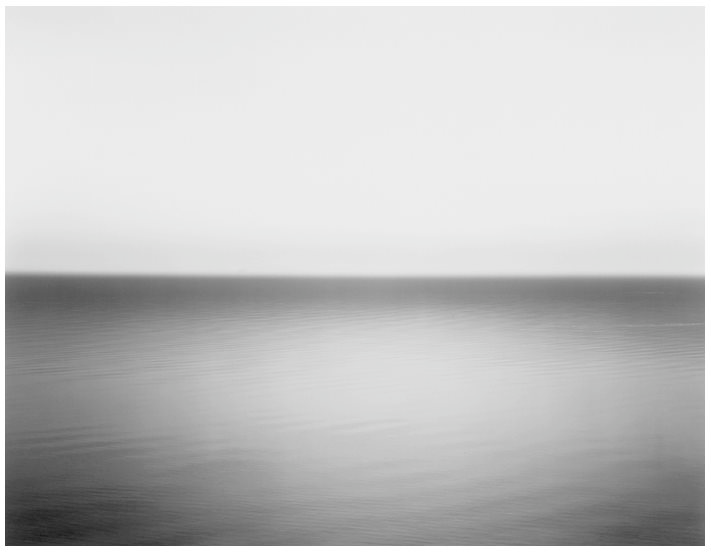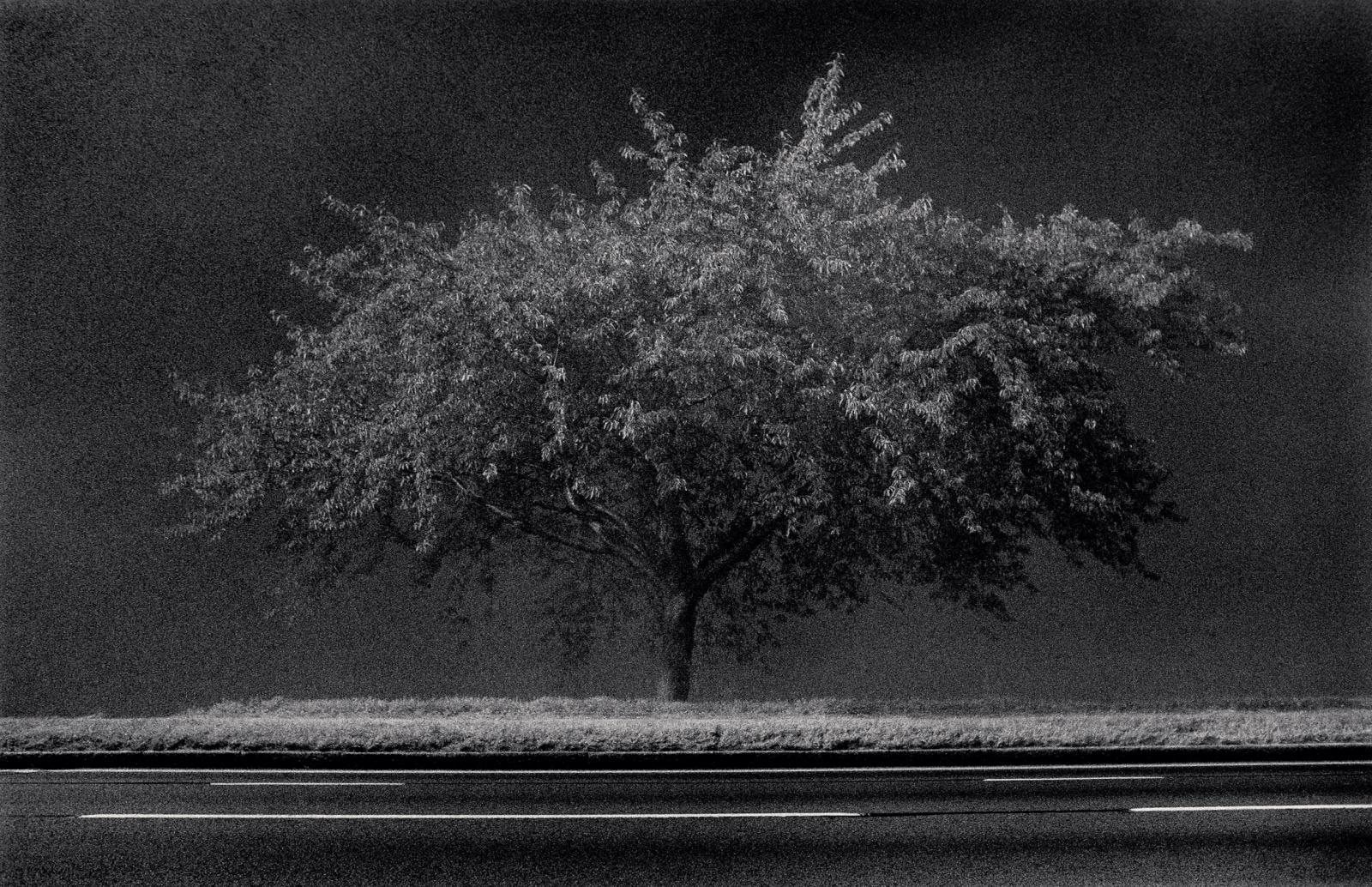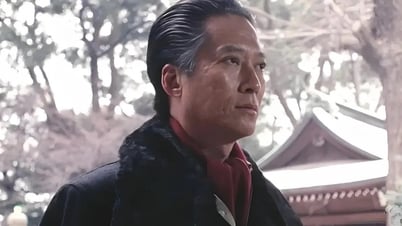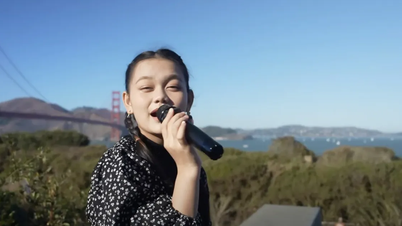(NADS) - Minimalist photography uses simplicity in space, light, and color to focus on a single subject, helping to convey a powerful and profound message in the world of visual arts.
In the art world, each frame, each photo contains a story, a message. However, when it comes to minimalist photography, this art goes against the complex and massive approach of many other photography trends. Minimalist photography focuses on simplicity, eliminating unnecessary elements, so that all eyes focus on one or two core details. This not only creates visual elegance but also opens up space for deeper, more subtle feelings from the viewer.
The Nature of Minimalist Photography
Minimalist photography, or minimalism, focuses on removing unnecessary clutter and complexity from the frame. Instead of trying to cram in a lot of details or show the whole picture of a complicated life, minimalist photographers focus on highlighting a single key element, using negative space and simple lines to create interest.

Empty space and balance
One of the key elements of minimalist photography is empty space. Empty space is not an absence of detail, but a powerful tool to highlight the main subject, directing the viewer’s attention where it is needed. When the space around the subject is simple and spacious, it creates a sense of peace and tranquility, while also enhancing the meaning and importance of the subject.

The psychological impact of streamlining
Minimalism is not just a visual style, but also a philosophy, a way of looking at the world. By removing unnecessary details, the viewer has the opportunity to focus deeply on a single subject, a core message. This helps them not be distracted by external factors, and can feel more clearly the message that the photo is trying to convey.
In modern life, where people are constantly surrounded by complex information and images, minimalist photography is like a breath of fresh air, bringing serenity and comfort.
Color in minimalist photography
Colors in minimalist photography are often simple, not flashy but have the ability to convey strong emotions. Colors such as white, black, gray, and neutral colors are often used to create tranquility and balance. In addition, photographers will sometimes use a single color block to highlight an important detail, creating a strong contrast with the surrounding space.

Light and Line in Minimalist Photography
Light and lines play an important role in minimalist photography. By using soft or hard light, photographers can create sharp contrasts or highlight the shape of the main subject. Lines in minimalist photography are often very clear and simple, making it easy for viewers to focus on the subject and message of the photo.

The influence of minimalist photography on modern art
Minimalist photography is closely related to modern art, especially Zen philosophy and the Bauhaus art movement. Zen philosophy, with its emphasis on silence, simplicity, and harmony between man and nature, has greatly influenced many minimalist photographers. Meanwhile, the Bauhaus movement, with its emphasis on function and simple form, also played an important role in the development of this style.

Simplicity is power
Minimalist photography is a testament to the power of simplicity in art. By removing unnecessary details, photographers are able to convey messages more clearly and powerfully. In the complex and busy modern world, minimalist photography is like a breath of fresh air, bringing serenity and space for reflection. It is the simplicity that creates depth, making minimalist photography not only a visual art, but also an art of emotion and thought.
Source: https://nhiepanhdoisong.vn/nhiep-anh-toi-gian-suc-manh-cua-su-tinh-gian-trong-truyen-tai-thong-diep-15425.html


![[Photo] Crane falls on container truck and car at traffic construction site](https://vphoto.vietnam.vn/thumb/1200x675/vietnam/resource/IMAGE/2025/5/31/a8d3ae08da324cfe8ee406174c0eacc4)


![[Photo] Emotional and proud flag-raising ceremony and military review on Truong Sa island](https://vphoto.vietnam.vn/thumb/1200x675/vietnam/resource/IMAGE/2025/5/31/9b52525fce6f433083cd0a5bfee59f49)

![[Photo] Prime Minister Pham Minh Chinh chairs a Dialogue with businesses and business associations](https://vphoto.vietnam.vn/thumb/1200x675/vietnam/resource/IMAGE/2025/5/31/b606d6f6ff584fa28af9f353c91bf15d)






















































































Comment (0)